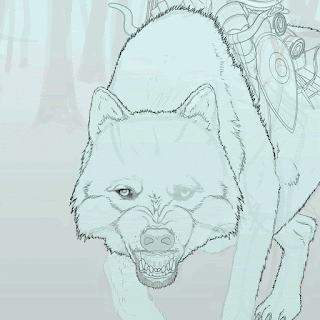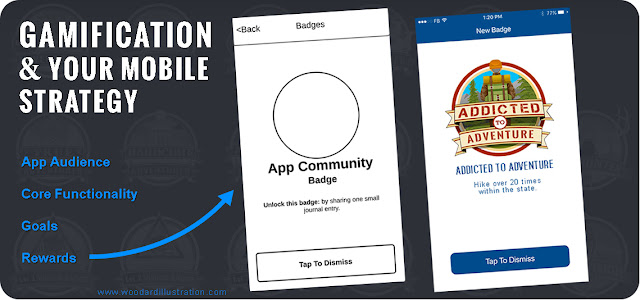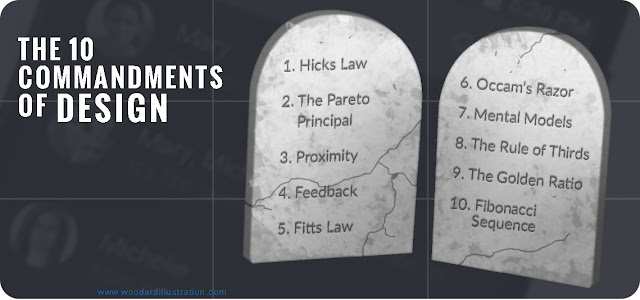1. Hick’s Law Every additional choice increases the time to complete an action. This means that the more options a user has when using your website or web application the more difficult it will be to use. This law really speaks the importance of simplicity. 2. The Pareto Principal, or the 80/20 Rule A high percentage of users will perform a low percentage of actions. In terms of web applications, most of your users will perform a small percentage of tasks. Using the 80/20 rule can help prioritize features or remove unnecessary functionality that may only cater to 20% of users. 3. Proximity Elements that are near each other will appear related. Space around elements are key. 4. Feedback Giving a user a clear indication that something has happened, is happening, or could happen. 5. Fitt’s Law The larger we can make the clickable areas the easier it will be to interact with. 6. Occam’s Razor Simplicity over complexity. Less is more. “A design isn’t finis


